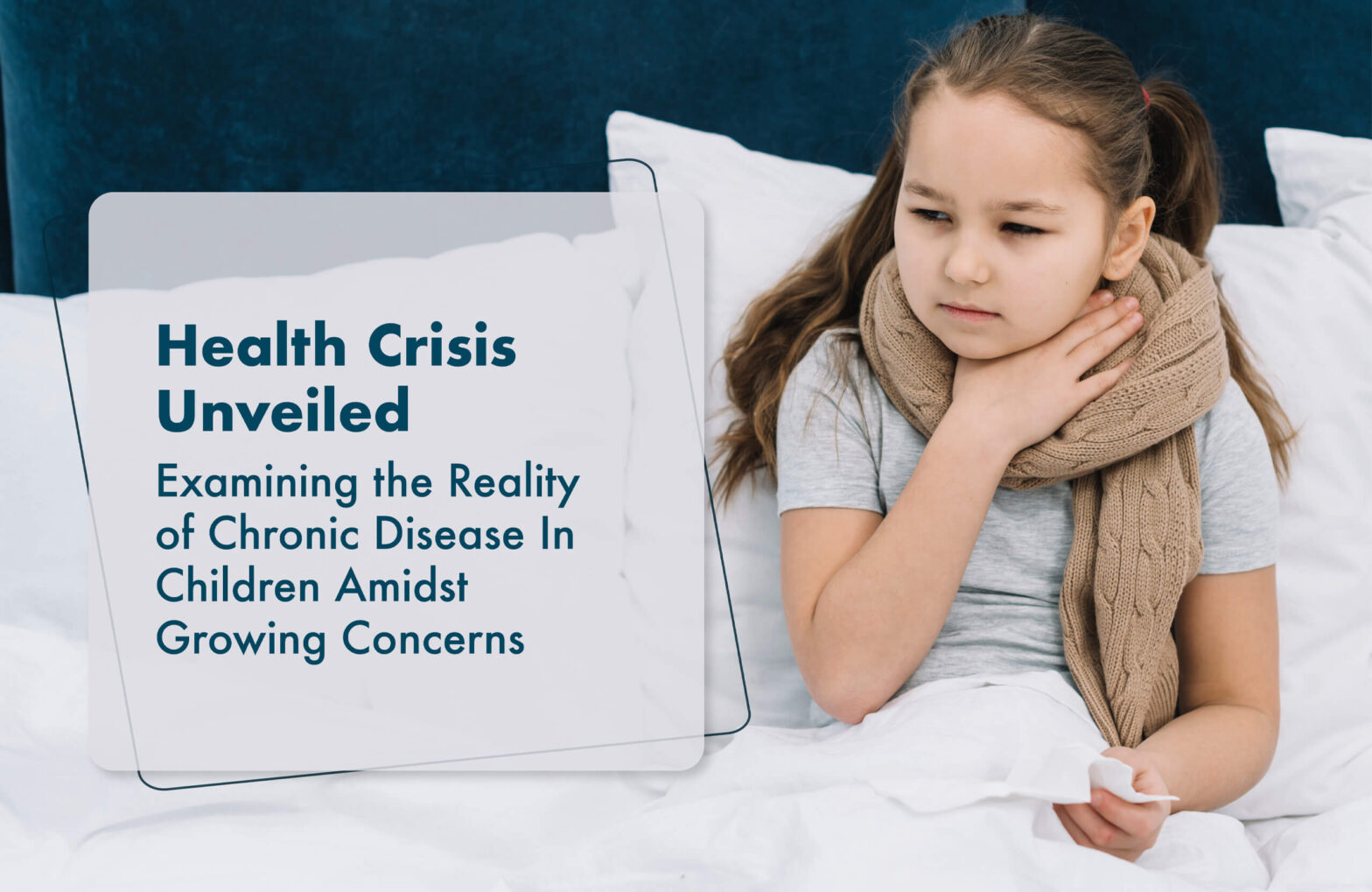Health Crisis Unveiled: Examining the Reality of Chronic Disease In Children Amidst Growing Concerns
Health Crisis Unveiled: Examining the Reality of Chronic Disease In Children Amidst Growing Concerns
As concerns about chronic diseases in children amidst the ongoing pandemic have been rising, a recent Facebook post by Dr. Elisa Song claims that over 50% of American kids have chronic disease, and by 2025, it will be 8 in 10. Let’s fact-check and explore the broader context.
The Centers for Disease Control and Prevention (CDC) defines chronic diseases as those that last a year or more, and require ongoing medical care or limit daily activities according to the National Survey of Child Health more than 40% of school-age children and adolescents have had at least one chronic disease. However, pinpointing exact percentages is challenging because of the many challenges in data collection. Statistics from Merck and other sources show that between 10% and 30% of children have chronic health conditions.
While rates of chronic diseases in children are slowly rising, projections like the one in the Facebook post seem exaggerated. Between 2017 and 2020, the percentage of children with ongoing conditions increased by about 1%, not a drastic surge as implied.
Experts like Dr. Leonardo Trasande express concerns about environmental exposures, citing a paper detailing the negative impacts of certain chemicals. Environmental factors like air pollution and lead exposure, along with emotional discord, contribute to chronic diseases in children.
A wider look at chronic diseases in children in the United States reveals a growing health and economic crisis. Approximately 47% of the population, or 150 million Americans, suffered from at least one chronic disease in 2014. The prevalence and cost of chronic diseases will increase, affecting all ages chronic diseases are the largest component of healthcare costs, at $3.7 trillion annually.
The geographic variation in chronic diseases in children’s prevalence highlights the Mid-South region facing a higher burden. Social determinants such as income, education, and healthcare access contribute to this variation.
Direct costs associated with chronic diseases in children, including healthcare products and services, are substantial. The Milken Institute estimates direct costs at $1.1 trillion in 2016. Cardiovascular conditions, diabetes, Alzheimer’s, arthritis, and back pain are major contributors.
Indirect costs, affecting education, economic well-being, and social aspects, are equally significant. Chronic diseases in children can hinder educational attainment, leading to lower future earnings. They also impact labor force participation, causing economic challenges. Socially, chronic diseases in children can lead to isolation and have adverse effects on mental health.
In a recent interview, Katy Tolento of the Alliance of Health Care Sharing Ministries highlighted the broken healthcare system. She noted the difficulty in affording healthcare, emphasizing the lack of price transparency in the industry. A shortage of healthcare workers, exacerbated by mandatory COVID-19 vaccines and low wages, contributes to long wait times for appointments.
Tolento pointed out the underreported crisis of chronic diseases in children, stating that over half of all children have a chronic disease. Factors include FDA-approved products without sufficient research, vaccines lacking safety data, obesity drugs, and a processed food supply.
In conclusion, while chronic diseases in children are a concern, the claim that over 50% of American kids have them may be exaggerated. The broader issue of chronic disease in the U.S. poses a significant health and economic challenge, with diverse factors contributing to its prevalence and impact on society. The need for sustainable solutions in healthcare becomes increasingly evident.



